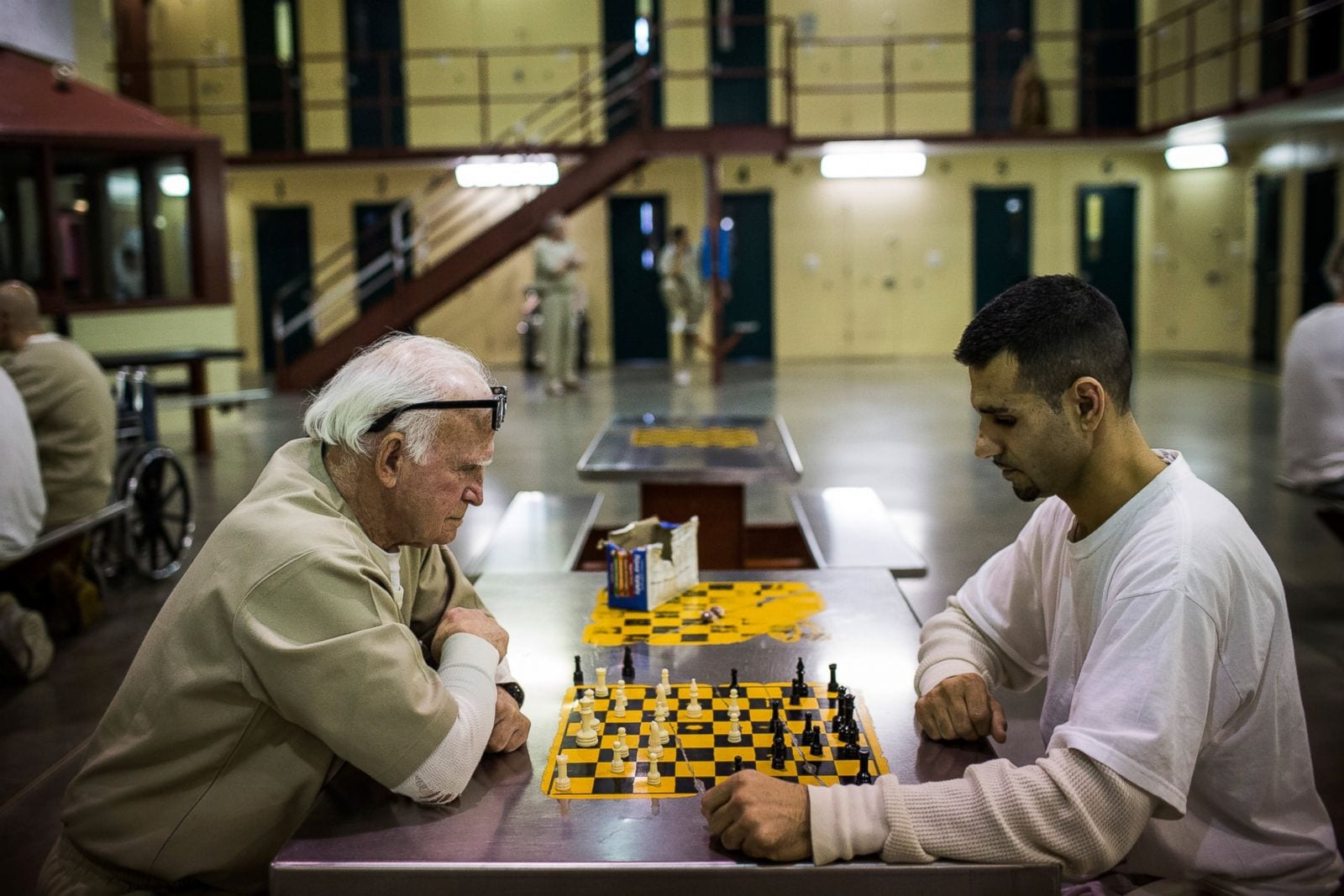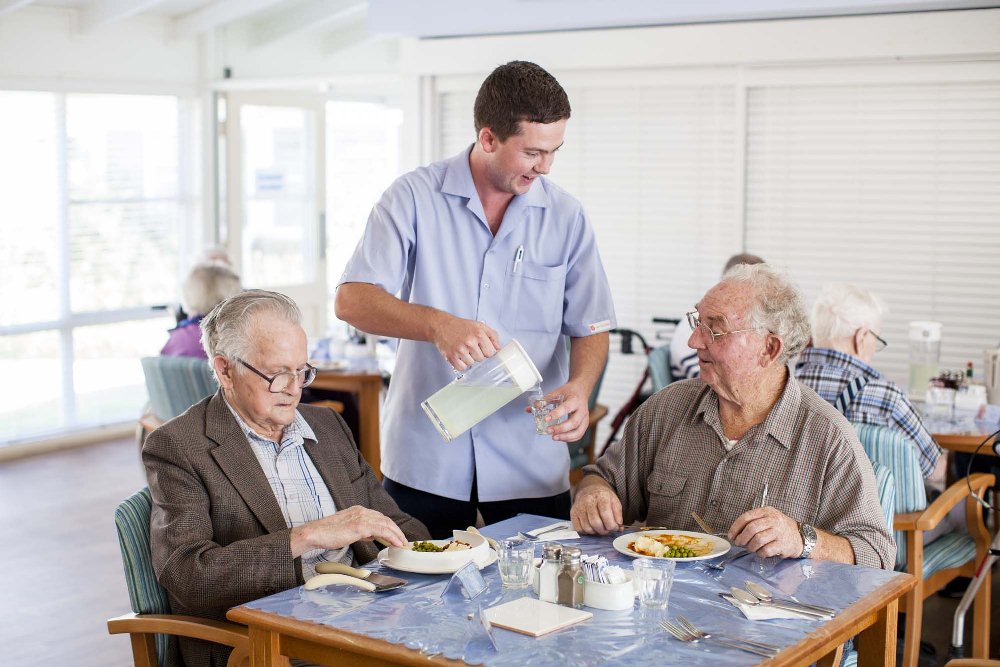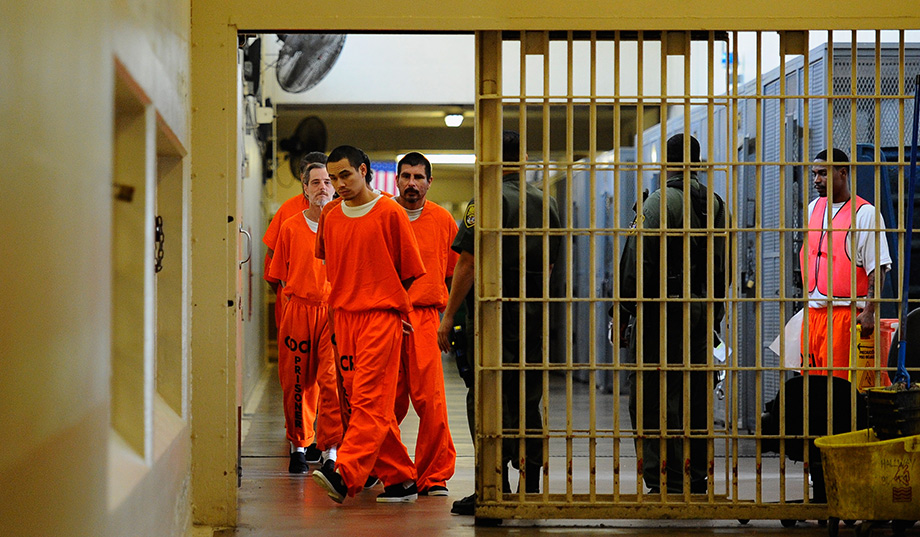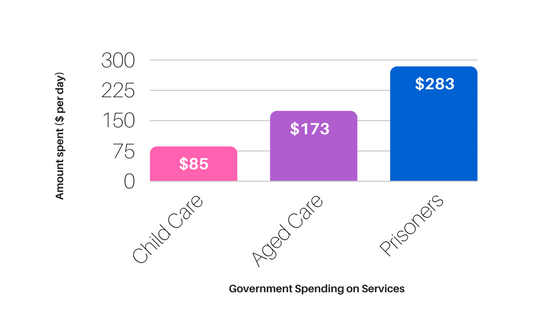
Government funding is the number one source of financing for aged care services in Australia. In this year’s Federal budget, the aged care sector avoided any cuts as it was announced that the Government are maintaining current levels of funding in the 2017-2018 Commonwealth Budget.
The government not only funds a larger portion of aged care, but they also partake in funding for childcare and Australia’s prisons.
The Productivity Commission annually releases reports on Government Services, which include Government expenditures and spending.
So how does funding for the elderly compare to funding for Australia’s youngest population? Or for Australia’s prisoners?
Does the amount of money that gets given to these respective sectors reflect how society views them?

Total government expenditure reported on aged care services in 2015-16 was $16.8 billion, or $4,453 per older person, specifically in an residential aged care is $63,145 per year.
1.3 million Australians access aged care services in Australia.
This comprised of spending $11.5 billion on residential care services, $4.3 billion on home care and support services and $1.1 billion on other services, such as flexible care and assessments
Residential aged care services accounted for the largest proportion of expenditure in 2015-16, approximating to 68.7 per cent.
While home care and support services accounted for much of the remainder, which included expenditure of $1.6 billion on Home Support, $1.0 billion on Home and Community Care (in Victoria and WA only), $1.5 billion on Home Care and $233 million on the Department of Veterans’ Affairs (DVA) Community Nursing Program and Veterans’ Home Care (VHC).
When breaking down the numbers, it turns out that the Commonwealth spends, on average, just $173 per day per resident in an residential aged care facility.
The Australian Government provides most of the government funding, at around 95 per cent, for aged care services. State and Territory governments fund the remainder, with the largest contribution being from the Victorian and WA governments.
Total Australian, State and Territory government recurrent and capital expenditure on early childhood education and care services was $9.1 billion in 2015-16, compared with $8.8 billion in 2014-15.
Australian Government expenditure (child care only) accounted for $7.4 billion (82.1 per cent) and State and Territory government expenditure accounted for $1.6 billion, with preschools accounting for 83.0 per cent of this expenditure.
The average weekly cost for 50 hours of care in 2016 was higher for long day care ($425 or $85 per day) than for family day care ($383 or $76.60 per day).
The median weekly cost increased in real terms by 3.7 per cent for long day care and 9.4 per cent for family day care from 2015 to 2016.

In 2015-16, on average 37,456 people per day were held in Australian prisons.
Nationally in 2015-16, net operating expenditure on corrective services including depreciation was $3.7 billion.
This annual expenditure on corrective services combines prisons and community corrections net operating expenditure – and is an increase of 2.8 per cent from 2014-15 prison spending.
Nationally in 2015-16, the total cost per prisoner per day, comprising net operating expenditure, depreciation, debt servicing fees and user cost of capital (but excluding payroll tax and, prisoner transport and escort costs and prisoner health expenditure), was $283.

When you look at the numbers side by side, aged care receive the most spending with $16.8 billion. Childcare received around $9.1 billion while prisons only received $3.7 billion.
Interestingly when the daily numbers are compared, spending for prisoners is considerably higher than daily spending for Australia elderly.
The total cost per prisoner per day is $283, with a total of 37,456 prisoners.
While sending a child to a daycare centre will end up costing the government $85 a day, a total of 1.57 million children attend child care.
In comparison, a residential aged care resident only receives $173 a day, with a total of 195,825 residents in care.
It’s particularly interesting when you see the contrast between funding for prisoner versus funding for the elderly.
Aged care is a critical sector of our community that is already underfunded relative to a number of other vulnerable parts of the population.
It is evident here that prisoners burden our taxpayers almost twice that per person as our elderly and four times our children.
The financing model from the last two decades where government is the primary funding source for care providers is not sufficient to fund an environment meeting consumer expectations of quality of care. Aged care residents should be prioritised and elevated to the top of society’s focus, however government realities are such that prisoner populations are afforded 50% more taxpayer funds, per person, per day to fund.
Whilst many factors contribute to government funding more money to prisoners in Australia than aged care residents (or child care), it nevertheless highlights that without a restructure and rethink of private funding models and shared economy solutions to aged care that can net increase support for our elderly in care, the government’s de facto role as prime funder at the lowest common denominator of quality of care will prevail.
Government either needs to increase funding to the sector to re prioritise aged care residents in line with their role and vulnerability in society or the sector needs to reorganise to find a new financing models to meet consumer expectations and deliver higher quality of care as the country ages.
It’s true that, overall, there are more older people in Australia than prisoners – and they do indeed overall receive more funding. But the daily numbers show a different side of funding.
Most of these older residents have done nothing against the law, while everyone in the prison system by definition has. So how is it justified that prisoners receive so much more government funding support or at the very least the government can’t play a bigger role in encouraging higher standards for aged care to be privately funded?
The Government may spend on subsides but some are hardly paid anything and are penalized for accruing assets. or income Is there any benefit from having an elderly relative paying when with a certain amount of jiggling they can rearrange assets and income to not pay as much for aged care For those. yet those who cannot rearrange things are hit with high costs. A pensioner pays 85% of their incomeand a couple can wind up paying 66% of joint income including all centrelink payments because on person has to remain in the family home with home maintenance and other costs such as rates power transport health Insurance food clothing and such being paid. This is my situation and all I am doing is subsidising nursing homes that do not seem to deliver commensurate with the fees paid . We are not receiving charity yet our residents are treated as charity cases after paying a lot higher fees.